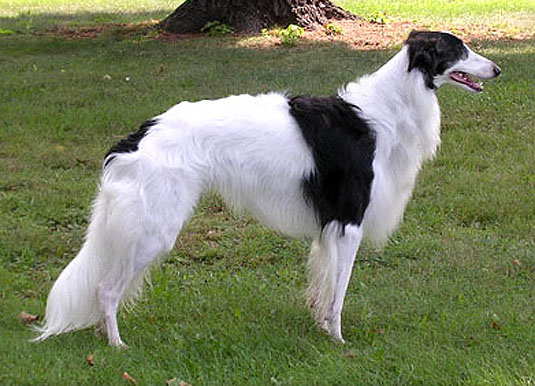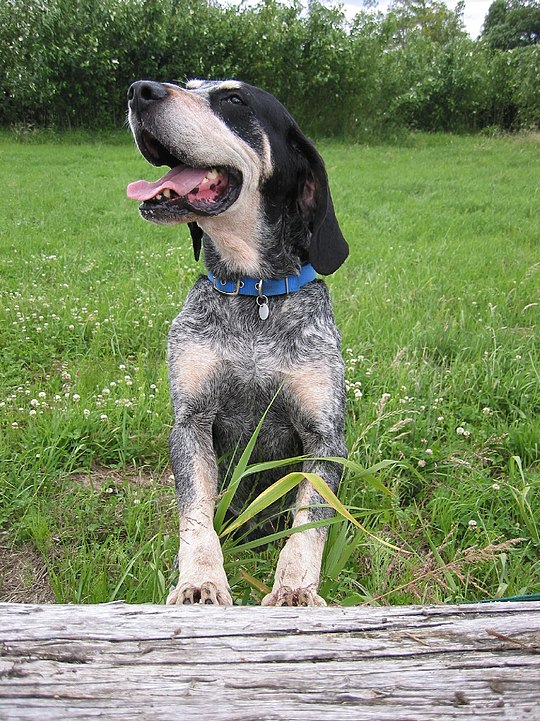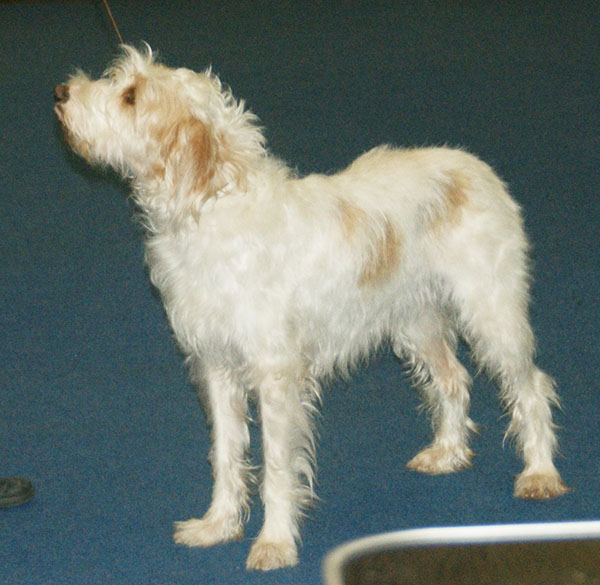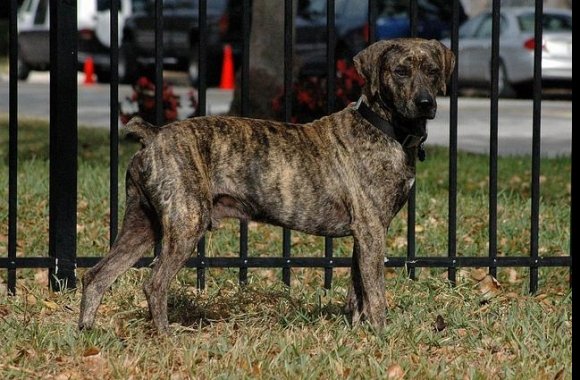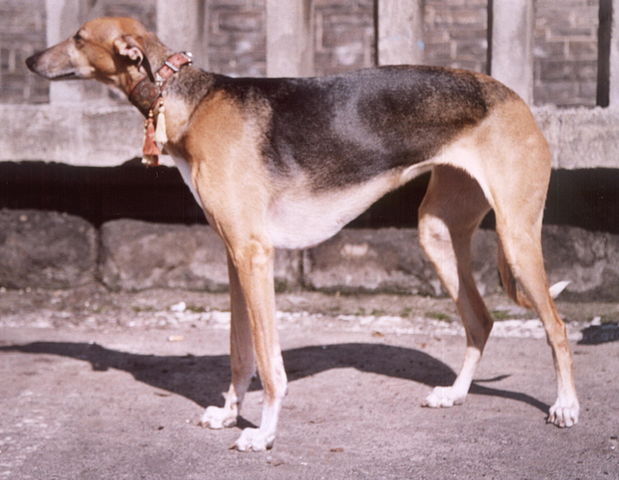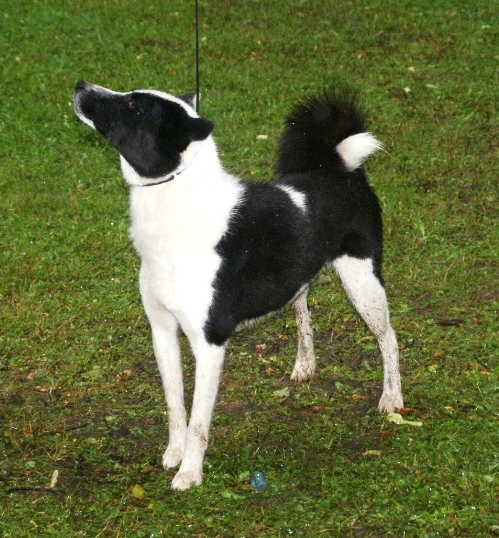The Picardy Spaniel was created by combining French Spaniels with setters, particularly English and Gordon. The first club for the breed (alongside with the breed’s cousin, the Blue Picardy) was formed in 1921. Still rare in most of the world (only about 3,000 exist), this French breed was said to have been created “by hunters, for hunters”. Working closely with his owner, this adaptive gun dog lives to hunt, and does so equally well both on land and in the water. It is a very versatile breed, able to point retrieve and track with the best of them – utilizing a no-nonsense attitude while he does so. Despite the name, Picardy Spaniels are not actually spaniels at all, but rather HPR gun dogs (standing for Hunt, Point and Retrieve).
The coat of the Picardy is dense, medium in length and with a slightly harsh texture to it. The coat can be either completely straight or with a bit of a wave to it, with some individual dogs having coats that are almost curly. The color pattern is one of the distinctive physical features of the breed, always gray mottled with brown patches and tan markings on the head and legs. This coat helps to keep them protected from brush and also serves to keep them somewhat warm although this doesn’t mean that they can be kept outside in freezing temperatures for long periods of time. Make sure to provide him with a soft warm bed when he comes back inside and he’ll be happy.
In order to do his job, the Picardy Spaniel needed to possess an attitude that would “get the work done” no matter the circumstances in his way. This means that he can occasionally be stubborn and hard-headed. While easy to train for field work, when it comes to obedience training be prepared to be just as stubborn as the dog! As long as an owner/trainer doesn’t give in easily and utilizes plenty of rewards and social engagement/praise, this breed should be relatively easy to train. With some instruction, even a novice owner should be able to train a Picardy without too much trouble. Take note that this breed doesn’t do well with very high-pressure compulsive training techniques.
Picardies are calm when given enough exercise – both structured as well as unstructured (such as free running time in a large yard). The structured exercise can include long walks or even swimming which is a favorite activity of many Picardies! Don’t let his beautiful looks fool you, this is a strong and hardy breed that enjoys intense exercise. Usually quite healthy, some individuals can have eye issues such as entropian or ectropian, and the ears are more prone to infection than other breeds – but overall this is a fit and healthy dog. Average lifespan is 13-14 years.
While some are kept as kennel dogs, Picardy Spaniels are loving and easy to manage in the home, being naturally docile and content to lounge around after a nice walk. They enjoy time with their people and are fairly undemanding. Most are gentle with children although supervision is always recommended between kids and dogs. They also get along well with other dogs. Finally, their medium size further makes them a good fit for many, as long as the person or family is active. While this is a much more laid-back dog compared to other pointing breeds, he still needs to have regular vigorous exercise and doesn’t do well in lazy households. Even apartment homes can be considered as a possible match, as long as the owners are active and ready to give the dog plenty of outdoor workouts.
The Picardy is by no means a guard dog as he is far too friendly. Neither will he guard your perimeter from predators. His major talent is hunting and this he prefers to do above all else! He does need a job to do and it’s no surprise that regular hunting excursions are at the top of this breed’s list. This said, other activities or dog sports can replace hunting as a job -for the only thing that an Picardy may like more than hunting is spending time with his owners! Tending to bond closely, without regular contact with his people he can tend to develop separation anxiety.
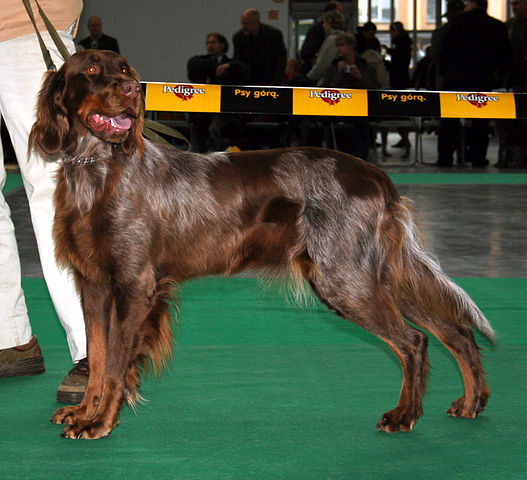
Photo By Pleple2000

